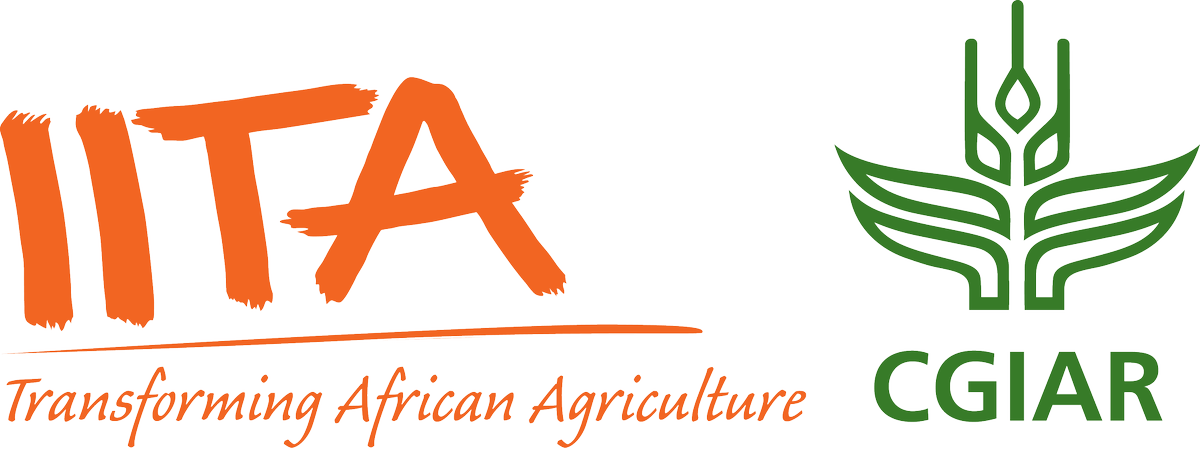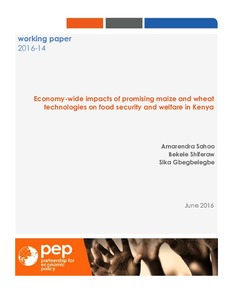Welcome to the International Institute of Tropical Agriculture Research Repository
What would you like to view today?
Economy-wide impacts of promising maize and wheat technologies on food security and welfare in Kenya
Date
2016-06Author
Sahoo, A.
Gbegbelegbe, Sika
Shiferaw, Bekele
Type
Target Audience
Scientists
Metadata
Show full item recordAbstract/Description
A recursive dynamic economy-wide model incorporating productivity changes due to the introduction of promising maize and wheat varieties evaluates foresights for future food security, well-being and economic performance in Kenya. Adoption of promising new maize and wheat varieties not only increases overall economic growth and food availability, it also reduces import dependency and increases the welfare of vulnerable populations, especially rural households in lowland regions. Although maize-producing rural households in the highlands do not gain in terms of real incomes because of declining land income, they benefit from the increased food consumption stimulated by lower food prices. Promising maize technologies will have positive spill-over effect on all crops, mainly on wheat, and have larger positive impact on food security than the expected productivity change from the current promising wheat varieties. Although the lowland economy does not benefit from the adoption of new crop technologies, rural households in this region benefit the most in terms of increases in food and non-food consumption. The welfare gain in terms of food security is further amplified when technological change for the two crops is complemented by a reduction in the marketing costs, which facilitates market access for the increased surplus and further reduces domestic prices. With low marketing costs resulting from reduced trade and transport margins for these two crops, even highland maize producing households experience an increase in real income and the demand for both food and non-food commodities increase substantially, generating significant linkages between agriculture and other sectors.
Permanent link to this item
https://hdl.handle.net/20.500.12478/1348Non-IITA Authors ORCID
Bekele Shiferawhttps://orcid.org/0000-0002-3645-320X

